One of Walyalup’s all-time most exciting small forwards, Jeff Farmer - alongside his Father Jeff Farmer Snr, Mother Iris and in collaboration with Roger Hayden - has been unveiled as the designer of the Club’s 2025 Indigenous jumper.
The design pays tribute to Farmer’s footballing journey and the history of Indigenous people in the Great Southern of Western Australia.
Walyalup’s 2025 Indigenous jumper will be worn during the Club’s Sir Doug Nicholls Round fixtures against GWS and Yartapuulti (Port Adelaide).
Farmer played 249 AFL games in his career, 131 of which were for Walyalup between 2002 and 2008, kicking 224 of his 483 career goals during that time.
The Design
“The main idea was to keep it really simple and tie everything into where I’m from - Tambellup, the Great Southern - and then tell a bit of a story about my journey, both personally and through football,” Farmer said.
“To put something out there that, year to year, generation to generation, our family can see and hear - this story that ties my life, my footy life and then obviously the combination of being able to play at Fremantle.”
The colours in the design - red, green, and white - are a callback to Farmer’s original Fremantle jumper that he wore on debut, replacing the traditional white chevrons featured on the Club’s home and away jumpers.
The red, white, and green also represent the Palinup, Kalgan and Gordon-Frankland Rivers, three major water systems that run through Goreng, Menang and Kaniyang Noongar Country in the Great Southern region.
Featured above the Walyalup and Narrm meeting places are two Djiti-Djitis (Willie Wagtails) which symbolise two key elements in the design. The first is that Farmer’s childhood town, Tambellup, features Djiti-Djitis on its entrance sign - visible to all who enter and leave the town.
The second represents stories in Noongar culture about the Djiti-Djiti’s tendency to eavesdrop on conversations, which Farmer says symbolises how he was guided on his path to the AFL.
“If you ever travel to Tambellup, whether you’re coming into town or leaving, you’ll see signs that say ‘Tambellup, the town of friendship’ - and the emblem is the Djiti-Djiti,” Farmer said.
“The other reason is the stories we were told - that the Djiti-Djiti is an eavesdropping sort of bird.
“I tie that in with my own story: dreaming as a little boy in Tambellup about playing in the big league, and these birds overheard those dreams.”
“If you ever watch those birds, you’re almost mesmerised and put in a bit of a trance by how they move. They seem to be dancing, which draws you in and makes you want to follow.”
“I put them in there as birds that heard me over speaking about my dream and then them guiding me over to meeting places.”
The bottom of the jumper features Lake Matilda, Poorarecup, Nunijup and Anderson, surrounded by contour lines reminiscent of the landscapes of the Great Southern.
“The 3 rivers run through the tribal lands of Kaniyang, Menang and Goreng… so being able to link that up felt really important,” Farmer said.
“The water system is a major player especially for fresh water for our tribes back in the day, and our tribes pretty much followed those water systems rivers and lakes.
“We have four major lakes in the area in Nunijup, Anderson, Matilda and Poorarecup. At the bottom of the design you can see footprints, symbolising how our people walked to those places - not only for drinking water but also for the food sources they attracted like fish, turtles, ducks, kangaroos, emus and lizards.
“That’s how our people survived for thousands of years.”
The back of the jumper features an outline of Bluff Knoll and the silhouettes of Fremantle's ‘Indigenous Seven’ (from a photo originally taken by Les Everett) - a then AFL record set in 2003 when Farmer and six other Aboriginal and Torres Strait Islander players lined up together in a single game.
Like the 2024 design, this jumper includes the names of every Aboriginal and Torres Strait Islander player to have ever been listed at the Club, honouring both past and present contributors.
“The two big things here are the seven players - or as I call them, the seven brothers - Roger Hayden, Troy Cook, Steven Koops, Antoni Grover, Des Headland, Dion Woods and myself, standing on probably the most iconic landmark of the Great Southern: the Stirling Ranges and Bluff Knoll,” Farmer said.
“We’re standing on the peak of Bluff Knoll - proud.
“It’s a landmark in history with the number of Indigenous players we had.
“On the back I really wanted to make sure that that history continued. We were able to make sure that any male or female that represented the Fremantle Football Club, their name was put up here.
“We pay tribute to them, for their contribution to the Football Club and recognise them.”
At the top of the jumper is a native hibiscus flower, which is known as both the Stolen Generation and the National Sorry Day flower. It symbolises strength, healing and resilience.
The Kimberley Stolen Generation Aboriginal Corporation has given Fremantle permission to feature the flower on the Indigenous jumpers across both Freo’s men’s and women’s teams. Visit kimberleystolengeneration.com.au to purchase your own flower and learn more about the important work they are doing in our community.
The Club would like to thank its Indigenous Program partner Woodside Energy for their support of and its continued involvement in the delivery of its Reconciliation Action Plan.


